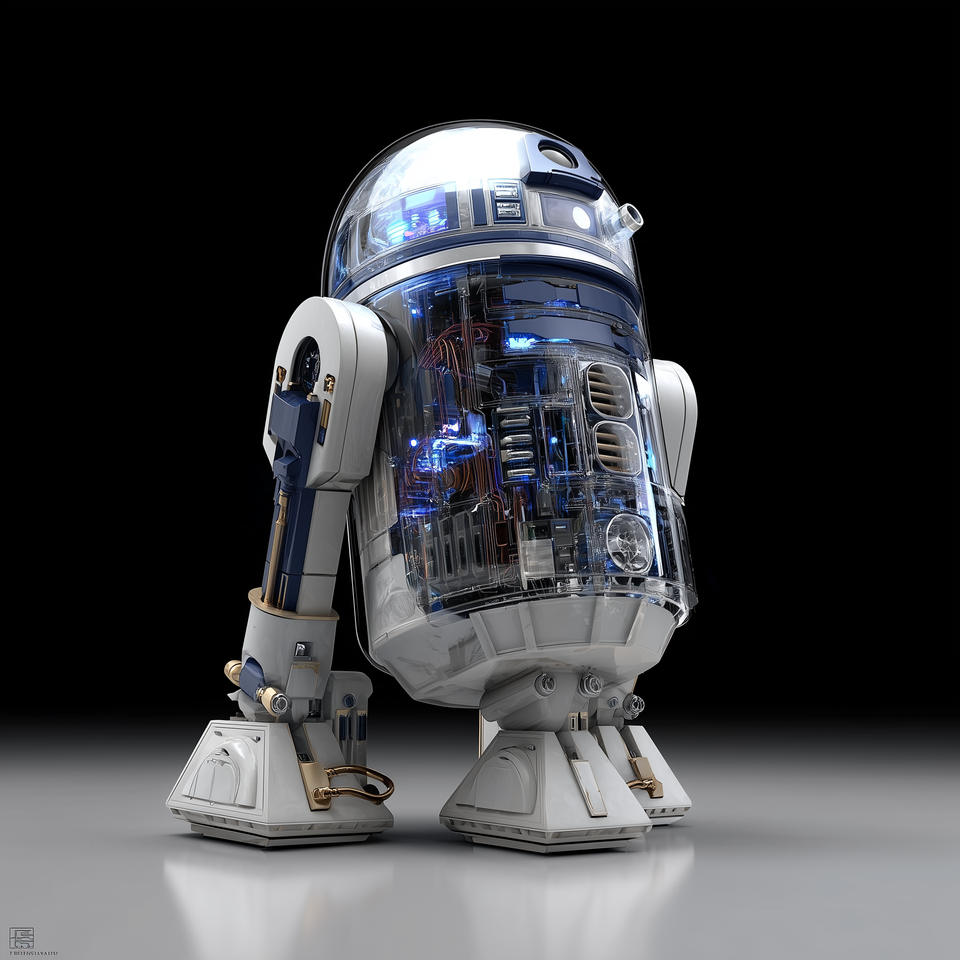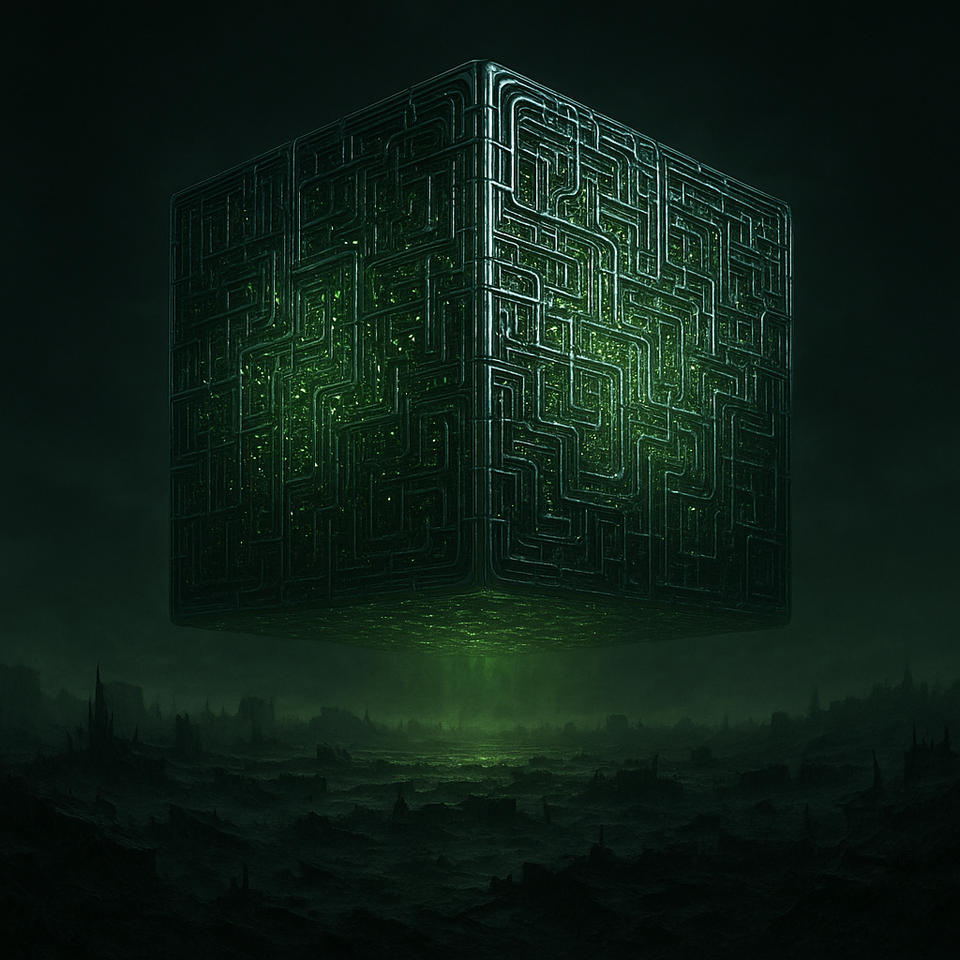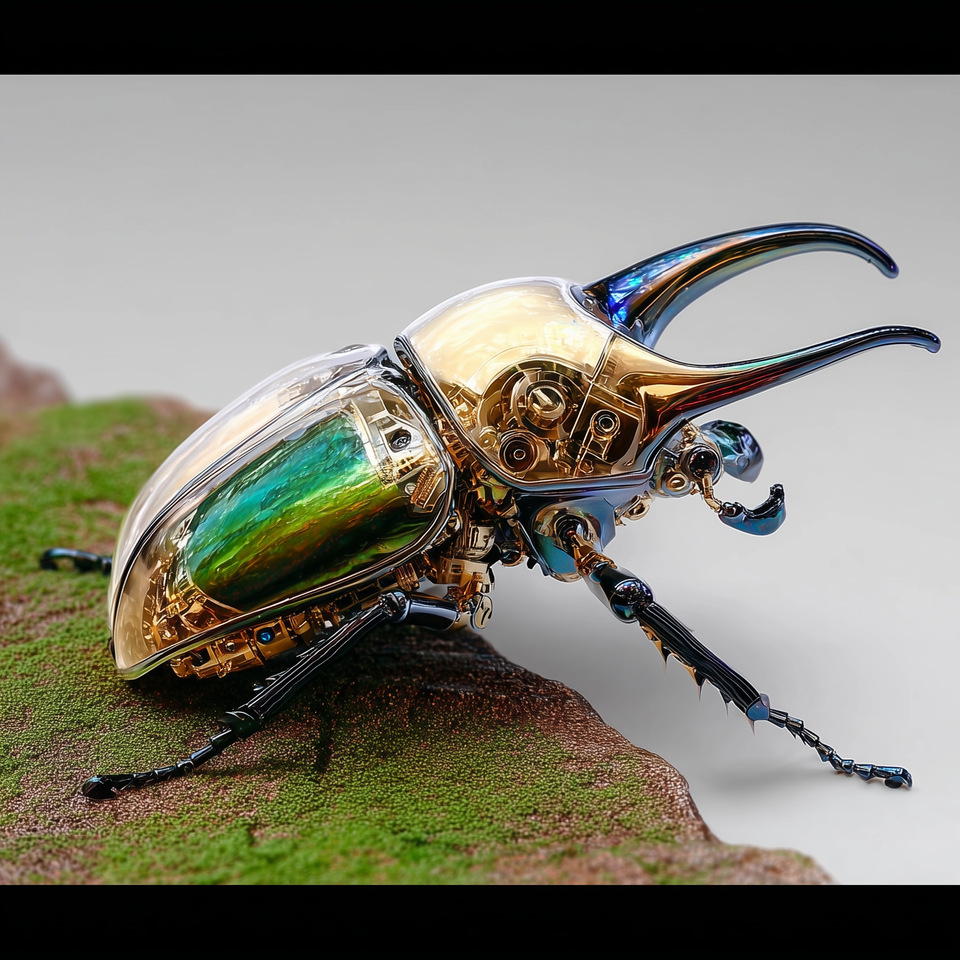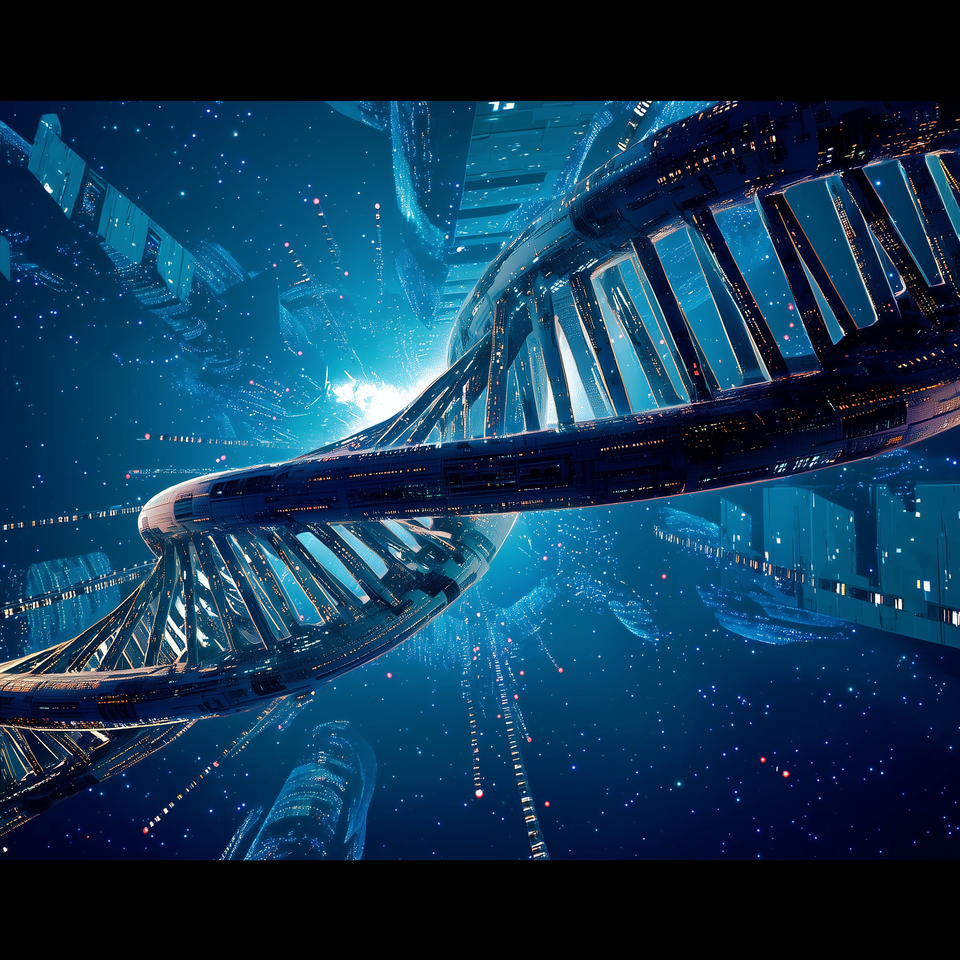TJ Marbois

The year is 2055. You are on a planetary station above Mars, looking down at the astonishing network of routes that ferry resources to the red planet. Massive solar arrays beam power to the surface. Cargo ships unload minerals, water, and oxygen. Human colonies are rising from dust into permanence,

Isaac Asimov once gave his robots three simple laws: 1. A robot may not harm a human. 2. A robot must obey human orders. 3. A robot must protect its own existence, so long as that doesn’t conflict with the first two. On the surface, these rules looked airtight.

How many ways are there to paint a rose? You face a blank page, and already there are endless choices. Do you pick up a brush, a pencil, or a piece of chalk? Do you paint in red, pink, white, or black? Do you aim for realism, or let the

Imagine handing a child a bag of salt and calling it a paycheck. They would laugh, bewildered. Yet the Roman soldier once marched home with such a wage, and the very word salary remembers it. Salt preserved food and life itself. To be paid in it was not absurd, but

Why Life’s Oldest Survival Strategy Must Shape Our Future Some dream of a perfect society built from a single, all-seeing control nexus — a benevolent intelligence optimizing every decision. No secrets. No shadows. Perfect order. It’s a seductive vision. It’s also dangerous. Privacy isn’t a quirk of

How Life’s Oldest Code Mirrors the Systems We’re Building Today When people hear the word blockchain, they picture Bitcoin wallets, Ethereum smart contracts, or digital ledgers spread across thousands of computers. When people hear DNA, they imagine the double helix — the elegant spiral containing life’s blueprint. But